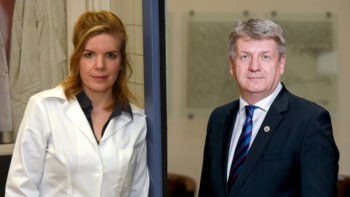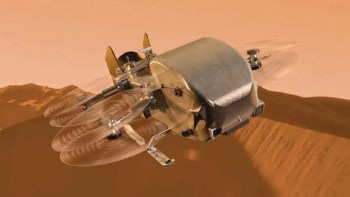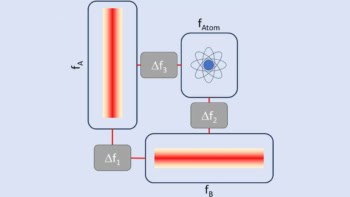
Astronauts are preparing for a set of spacewalks to repair and upgrade the Hubble Space Telescope, which will enable the 19–year-old instrument to carry on taking images of the early universe until 2014.
Late yesterday, space shuttle Atlantis, together with seven astronauts, successfully blasted off from the Kennedy Space Centre, Florida, to carry out Hubble’s fourth and last service mission.
Taking 11 days, the mission will aim to improve Hubble’s optics “observational power” by up to a factor of 100. Five space walks are planned in total — each lasting more than six hours.
Hubble has had a wonderful life and it’s proven to be one of the wonders of the modern world Kimberly Weaver, NASA
The main feature of the upgrade will be the replacement of the wide-field camera on Hubble. The new camera, which will operate in the ultraviolet through the visible and into the infrared, will allow Hubble to see fainter and more distant galaxies that formed a few hundred million years after the Big Bang.
Improved optics
“Right now Hubble can see galaxies as old as 12.9 billion years”, says Kimberly Weaver, an astrophysicist at NASA’s Goddard Space Flight Centre in Maryland. “With the new instruments Hubble can look further back and perhaps see the first galaxies form 500 million years after the Big Bang.”
A separate spacewalk will install a new instrument – the Cosmic Origins Spectrograph — on Hubble that will reveal information about the temperature, density, velocity and chemical composition of the objects it observes.
Astronauts will also repair the Space Telescope Imaging Spectrograph, which is designed to operate at ultraviolet and optical wavelengths but broke down in 2004 following a power failure. The instrument will reveal information about the temperature and motion of stars and gases.
Atlantis astronauts will also try to revive the Advanced Camera for Surveys instrument, which stopped working in 2007 when a short circuit in the electronics took it out of action. The camera increases the resolving power of the main wide-field camera by a factor of 10.
Hubble trouble
The final servicing mission was initially scheduled for last October. It was delayed in late September following problems with Hubble’s onboard computer, which will be mended during the mission.
There is a chance that, budget permitting, Hubble could extend its lifetime beyond 2014. However, by then it should be superseded by the James Webb Telescope, which will mainly work in the infrared range and is planned to launch in 2014. “Hubble has had a wonderful life,” says Weaver, “and it’s proven to be one of the wonders of the modern world.”



